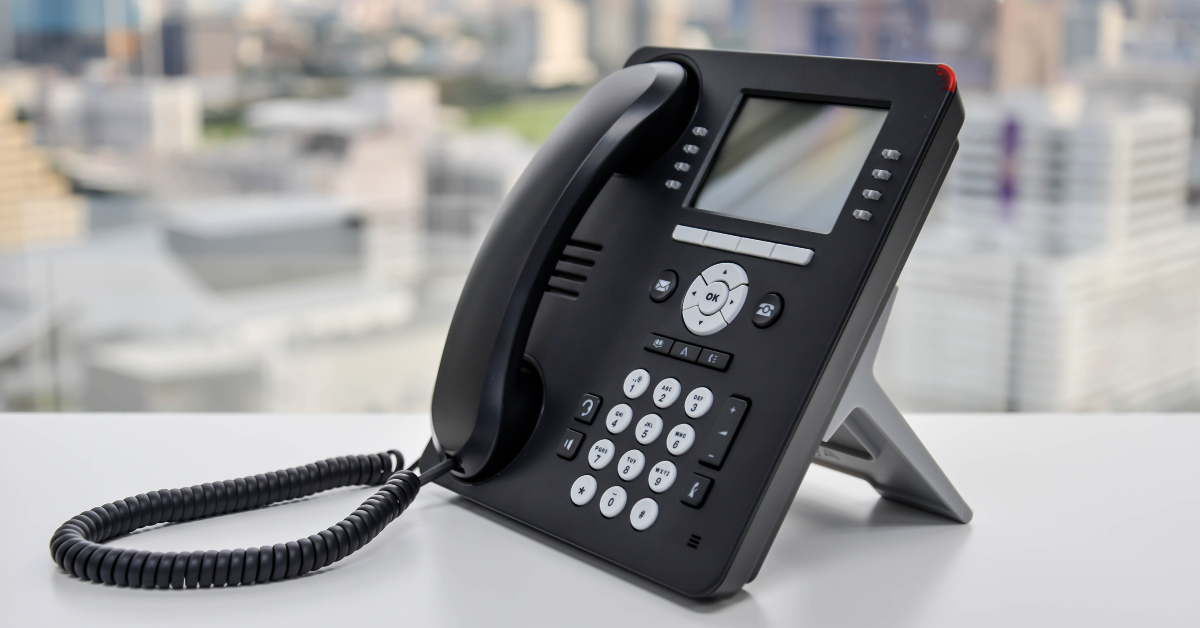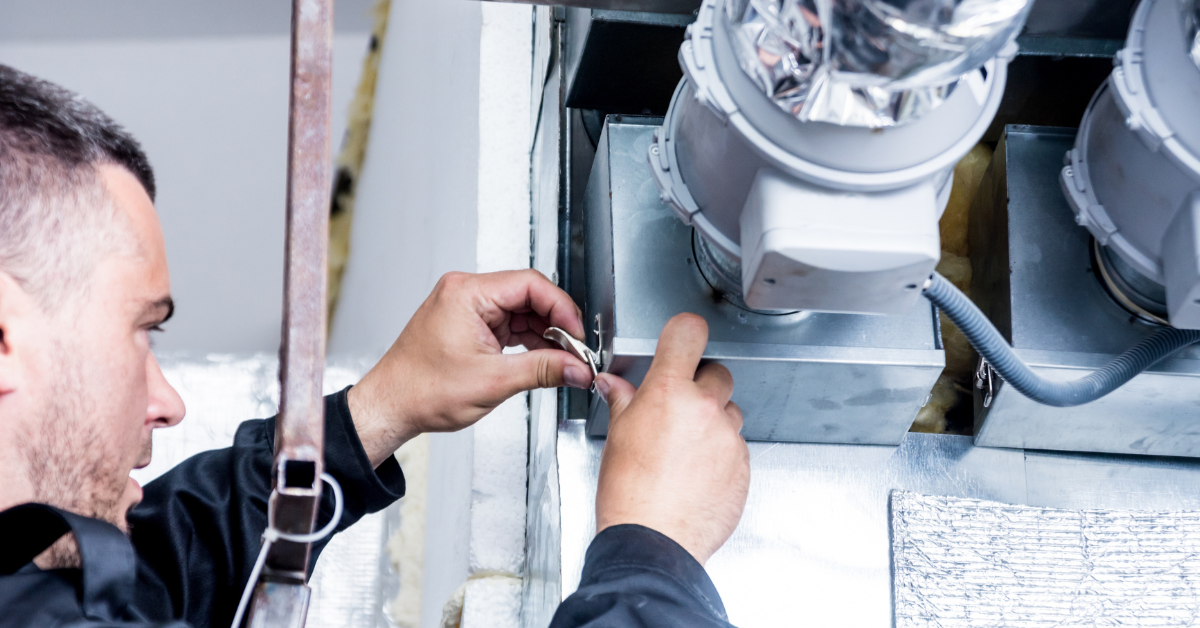
Gearing up for the busy season at your HVAC company also means doing a little spring cleaning and addressing how your calls are answered. We get asked all the time why an HVAC company should script phone calls. After all, the idea of having a scripted conversation with a caller sounds, well ... scripted.
You might have images of robotic-sounding agents dishing out canned lines like a bad eighth-grade actor. We understand that is no one’s image of professionalism.
Imagine instead a partner who professionally answers each call like you would because they listened, took the time to understand your protocols and used the best technology to leverage decades of experience through a proven process for onboarding clients.
What is Call Scripting?
Call scripting is simply how you would like a customer service representative to reply during any call, text, email, webchat or social media message they receive on behalf of your business.
Why is a phone answering script important for contractors?
Part of this proven process includes how your calls are scripted. Perfect call scripting is more than what should be said to a caller. It is an essential part of what we call “sitting in your chair” as your outsourced HVAC answering service.
Whether you need answering help during office hours, an after-hours answering service or an overflow answering service throughout the day, you should expect that a professional answering service represents your HVAC, plumbing or electrical service company just as you would on every call.
How does Dexcomm script calls for service businesses?
So you know why call scripting is important. Here’s how we do it.
Answering each call like your HVAC business would, particularly if you have a cell center in-house, can be a challenge for any outsourced answering solution partner.
Two tools that allow for a seamless experience for your callers when your answering service answers the phone for your HVAC company are API integration with your third-party software and using call-flow mapping to create a smart scripting plan. Today, we will touch on scripting and call-flow mapping for your HVAC answering service account.
During Dexcomm’s proven process for onboarding our HVAC, plumbing and electrical clients, we will get to know your business and how calls typically flow for your callers. Then, our customer experience manager and account programmers will begin to build a script with you that meets your needs and offer suggestions from the best solutions we have identified based on what has worked for other clients like you.
What are 6 tips to write a perfect HVAC call answering script?
1. Begin with the end in mind.
Call scripting is simply how you would like a customer service representative to reply to any call, text, email, web chat or social media message they receive on behalf of your business. Your company’s core values should guide this process. Take this opportunity to be intentional about matching the personality of your business.
2. Your call scripting plan should always consider the customer experience.
The decision to incorporate an auto-answer, live answer or use a front-end greeting into your call flow is a personal choice for any HVAC company. Note there are pros and cons to using a front-end greeting. Most of our HVAC customers prefer a live voice to answer their calls, but again, it is up to you.
3. Don’t invest in expensive software to map out your calls with call-flow scripting software.
There are many options available for mapping call flows that won’t break the bank. If your HVAC company uses workflow process planning software, it can serve double duty!
4. Start with the core components of your call and then add branching to make it more complicated as you go.
Some information is essential. You will always need to verify the service address of the caller, get the desired date of service and ask fact-finding questions to appropriately book any service call.
Other information, such as service history tags they have in your software or how they found out about your business, can be done after the call in a survey or asked when the technician goes out for repair. Keep your call flow simple at first, and then expand it to meet your needs. It will flow better and you will pay for information gathered that is absolutely necessary.
Most advanced answering service and call center platforms can then take that to another level by automating some of these steps and using if-then steps according to what action was performed.
5. Record calls as they go through the call flow and the answering scripts you have in place.
Often, there are small corrections about when to ask certain questions that will reduce or eliminate hold time and can make your script much more efficient. This not only saves you money (fewer words mean less operator time) with an answering service, but it also creates a better experience for your callers. Listening to calls and following the path of your documented call flow is the best way we have found to do this.
6. Review your answering service options with an expert.
There are many factors that require what we call conditional branching that you need to consider when working with your answering service on an HVAC script and call flow, including the time of day they receive calls, the types of calls that come in, future business needs and which business offerings are priorities, to name a few. Sitting down with an expert answering service provider can eliminate the confusion and help you make sense of it all.
How can Dexcomm help?
If you want to capture more business for your HVAC company, streamline your operational processes and create a better call experience for every potential customer who contacts your HVAC company, call-flow mapping and scripting calls are must-haves for your HVAC company. Learn more about what partnering with Dexcomm can do for your business.







